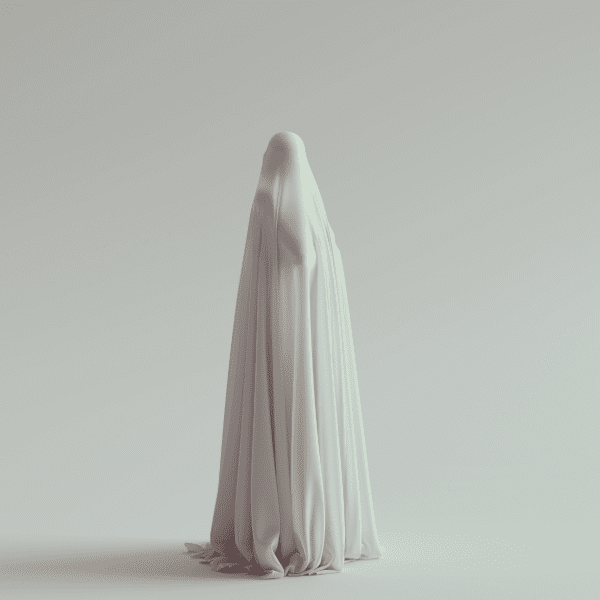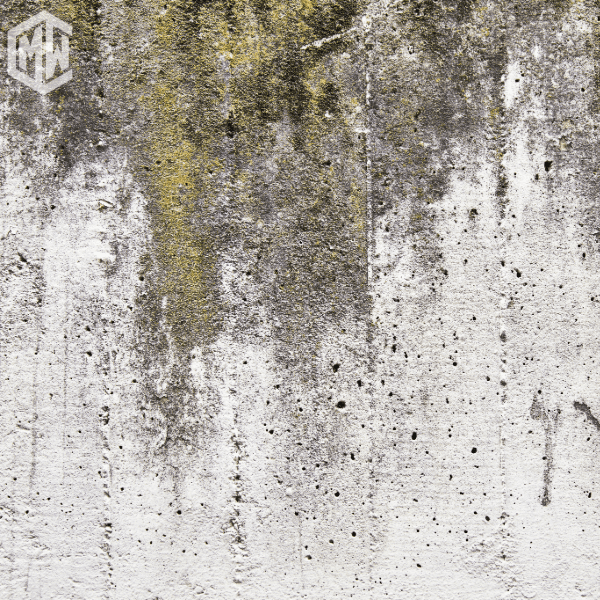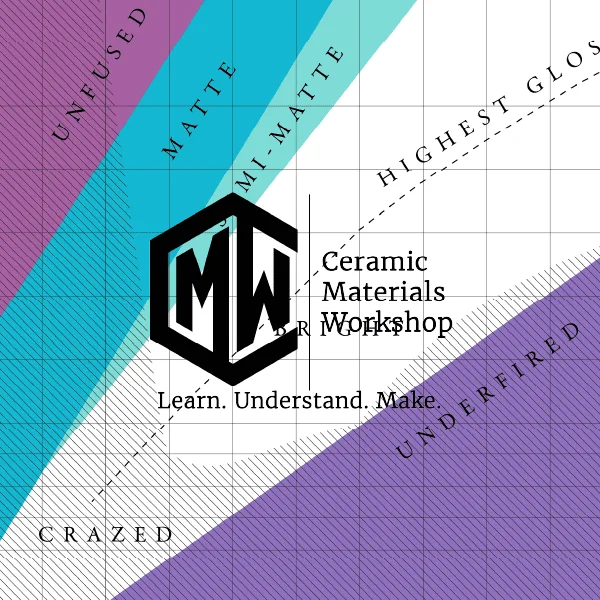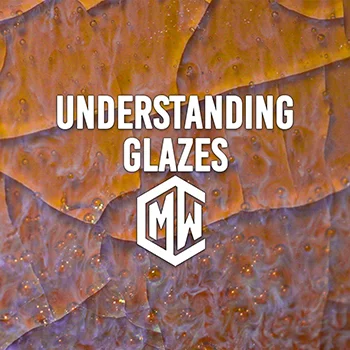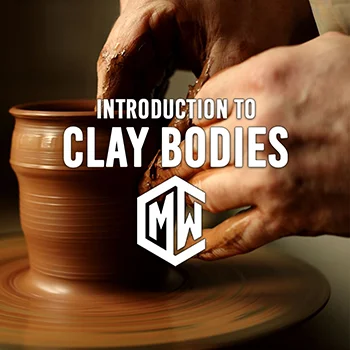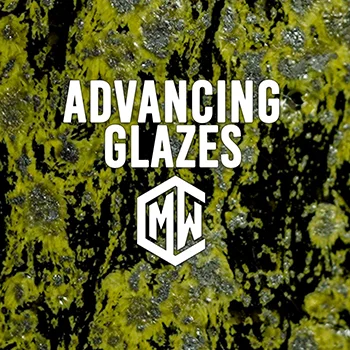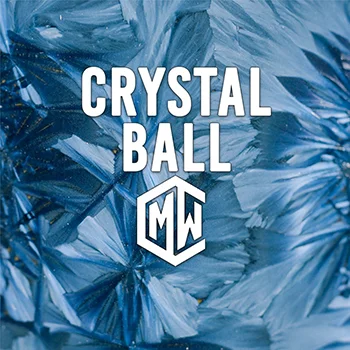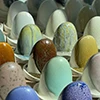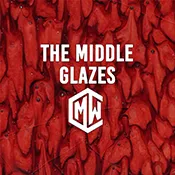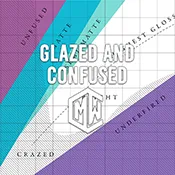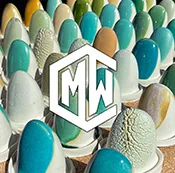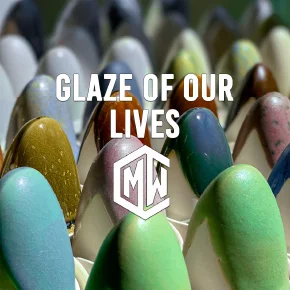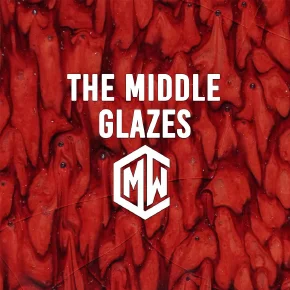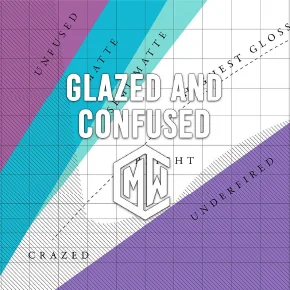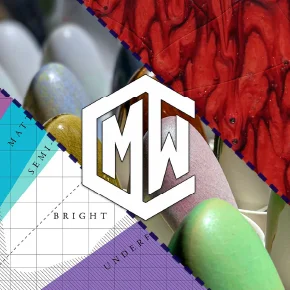Ever opened your kiln to find weird white marks marring your beautiful pottery, like some ghostly glaze has decided to haunt your creations? Don’t worry, you’re not alone! This eerie phenomenon is called sodium flashing, and it’s more common than you might think.
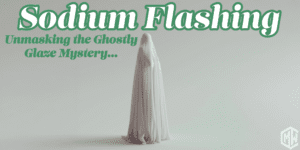
Want to understand clay bodies more? Try out a FREE lesson on us! CMW’s YouTube channel Sample Lesson | Introduction to Clay Bodies
The Case of the Ghostly Glaze
Here at the Ceramic Materials Workshop, we’ve been busy bees testing a whole range of clay bodies. And guess what? This spooky sodium situation keeps popping up! It’s especially noticeable on EPK (Edgar Plastic Kaolin) clay, a popular choice for many potters.
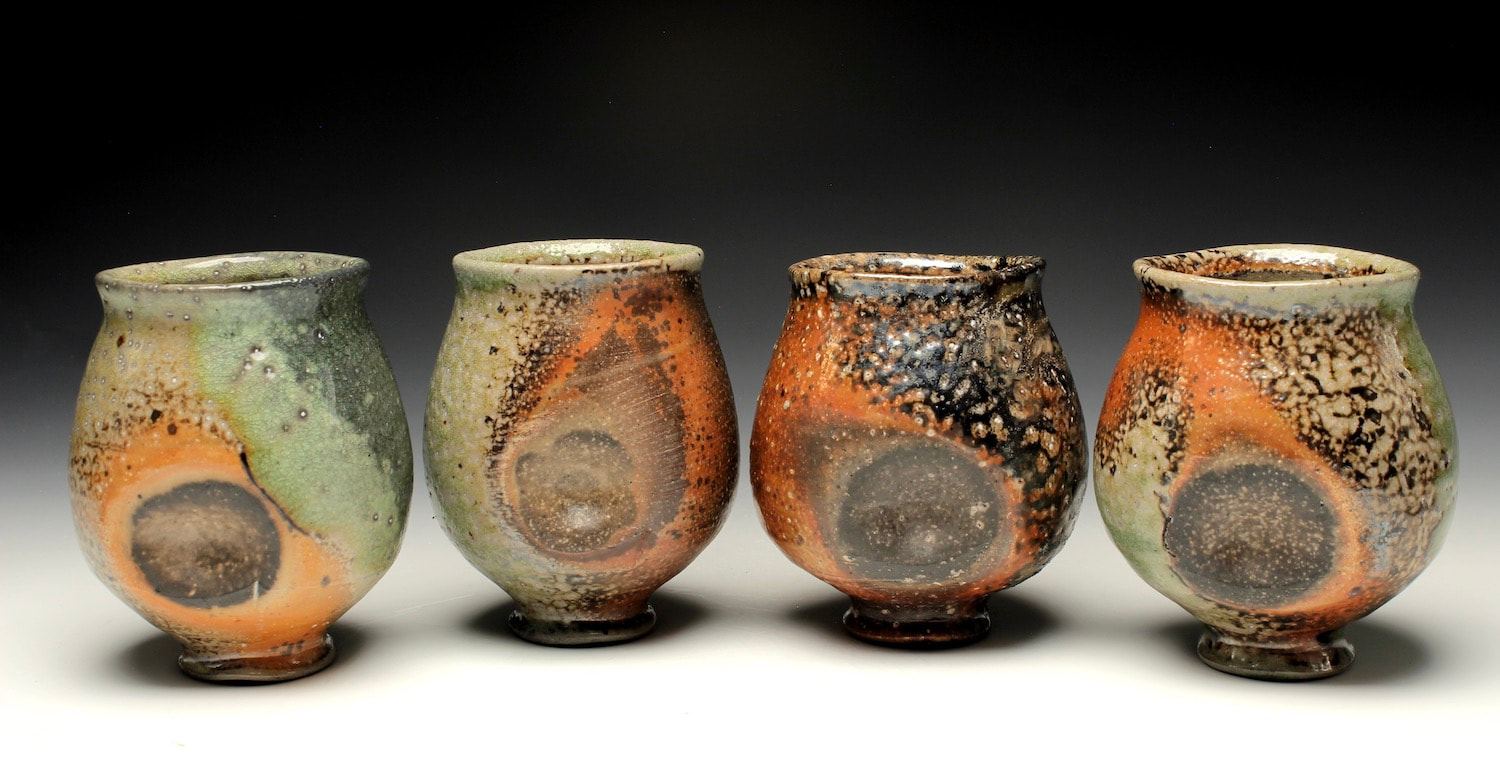
Unmasking the Sodium Suspect
In our investigations, we’ve noticed a recurring pattern: all the clays containing EPK seem to be susceptible to this sodium flashing phenomenon. It’s like EPK has a secret ingredient that attracts those mischievous sodium ions.
So, what’s the culprit behind this ghostly glaze? The answer lies in soluble sodium! This sneaky element naturally occurs in some clays, and when the clay dries, the sodium makes a break for the surface, leaving behind those telltale white marks.
As our resident clay guru, Matt, explains, “Some materials have a lot of sodium in them naturally…” And it seems EPK has a particular fondness for this mischievous element.
Here’s another curious clue in our sodium mystery: the flashing seems to congregate where the clay touches the drying rack! It’s like the sodium is playing a game of hide-and-seek, choosing those contact points as its favorite hiding spots.
This sneaky sodium doesn’t just haunt your clay; it can also mess with your glazes! It can cause all sorts of unexpected and undesirable effects, like crawling, pinholing, and even discoloration.
Want to understand clay bodies more? Try out a FREE lesson on us! CMW’s YouTube channel Sample Lesson | Introduction to Clay Bodies
Digging Deeper: The Science of Sodium Flashing
Now, let’s get a bit more technical, shall we? Sodium flashing occurs because of the way sodium interacts with silica in the clay during firing. When the kiln heats up, the sodium becomes volatile and migrates to the surface. As the piece cools, the sodium reacts with silica and oxygen to form sodium silicate, which appears as a white powdery deposit. This effect is amplified in reduction firings, where the lack of oxygen encourages the sodium to vaporize and move more freely.
Preventing Sodium Flashing
So, how can you protect your pottery from this ghostly glaze? Here are a few tips:
- Choose low-sodium clays: Opt for clays like Opticast or KO Pearl, which are known for their low sodium content.
- Avoid over-drying: Don’t let your pieces dry too quickly, as this can concentrate sodium on the surface.
- Use a clean drying surface: Make sure your ware boards or drying racks are clean and free of any sodium contamination.
- Experiment with kiln firing: Adjusting your firing schedule or atmosphere can sometimes help minimize flashing.
Want to Become a Clay Connoisseur?
If you’re eager to learn more about clay bodies, their properties, and how to troubleshoot pesky problems like sodium flashing, join our Introduction to Clay Bodies class! We’ll delve deep into the fascinating world of clay, empowering you to create stunning, ghost-free pottery.
Keep those kilns firing and those minds curious!
Want to see examples? Watch our YouTube!
Ready to dive deeper?
Loved learning about ceramic glazes? Want to go even deeper? Check out our Workshops & Courses, now available in Spanish, or YouTube Channel where Matt breaks it all down, myth-busting and Stull chart included!


